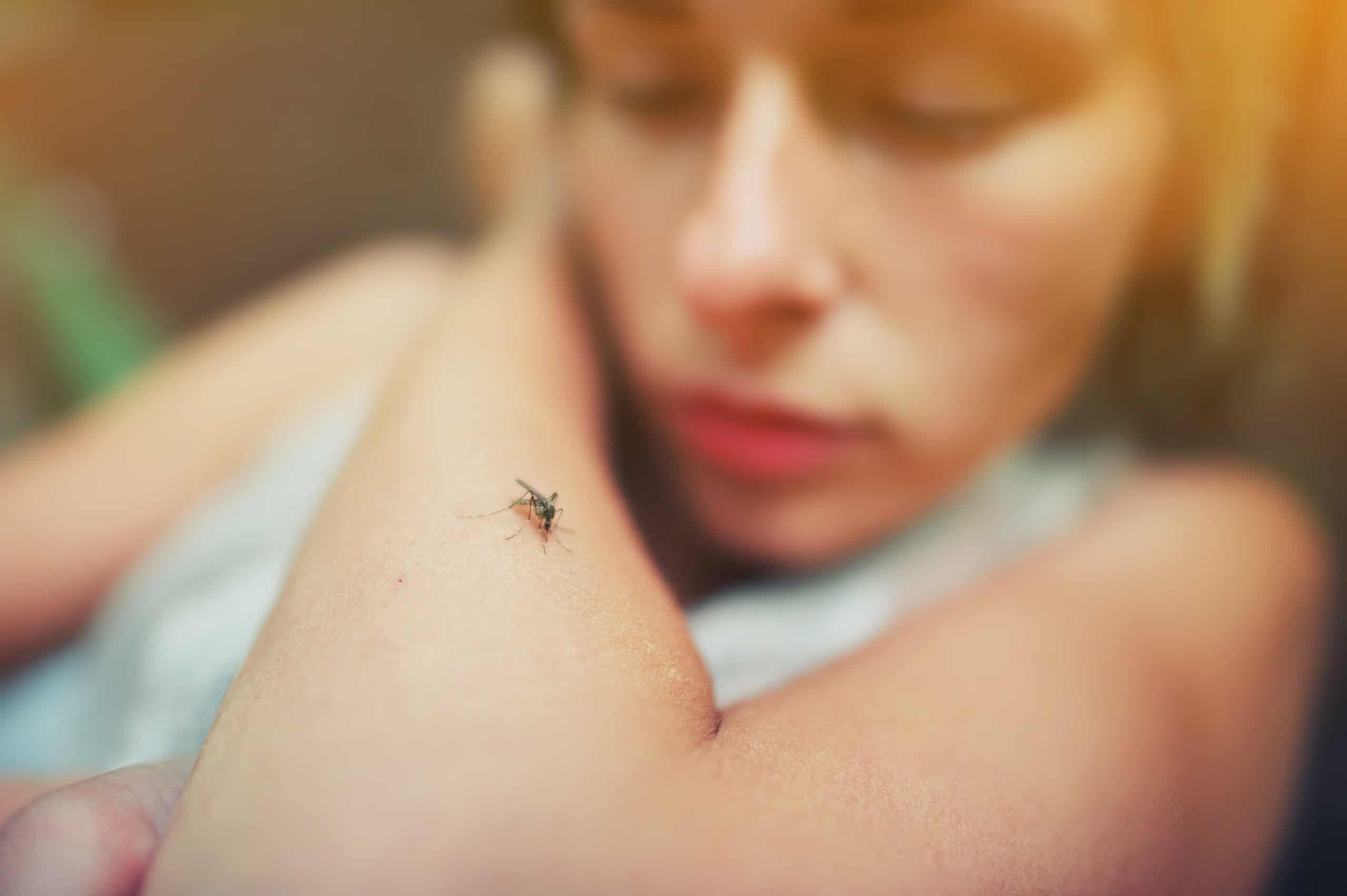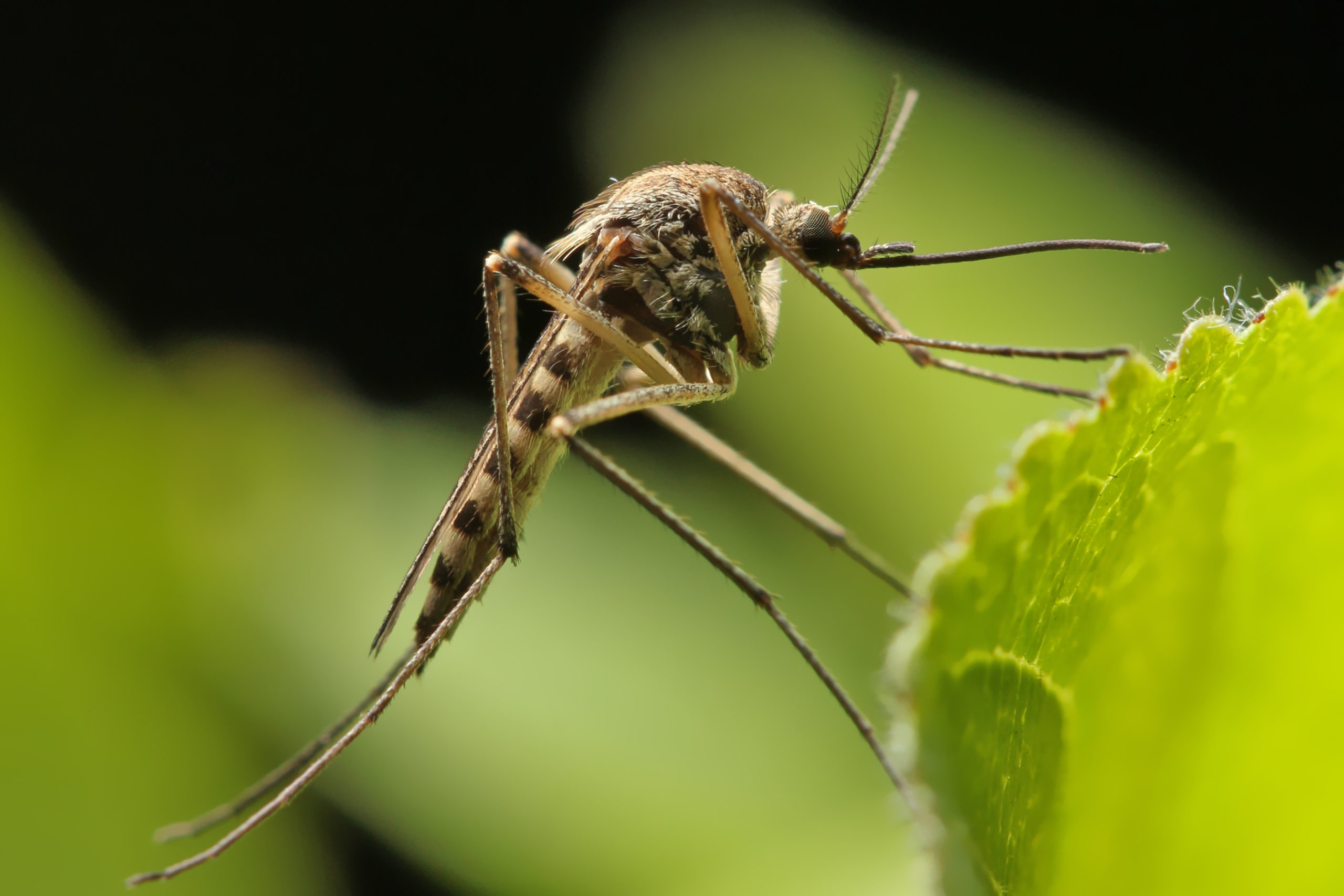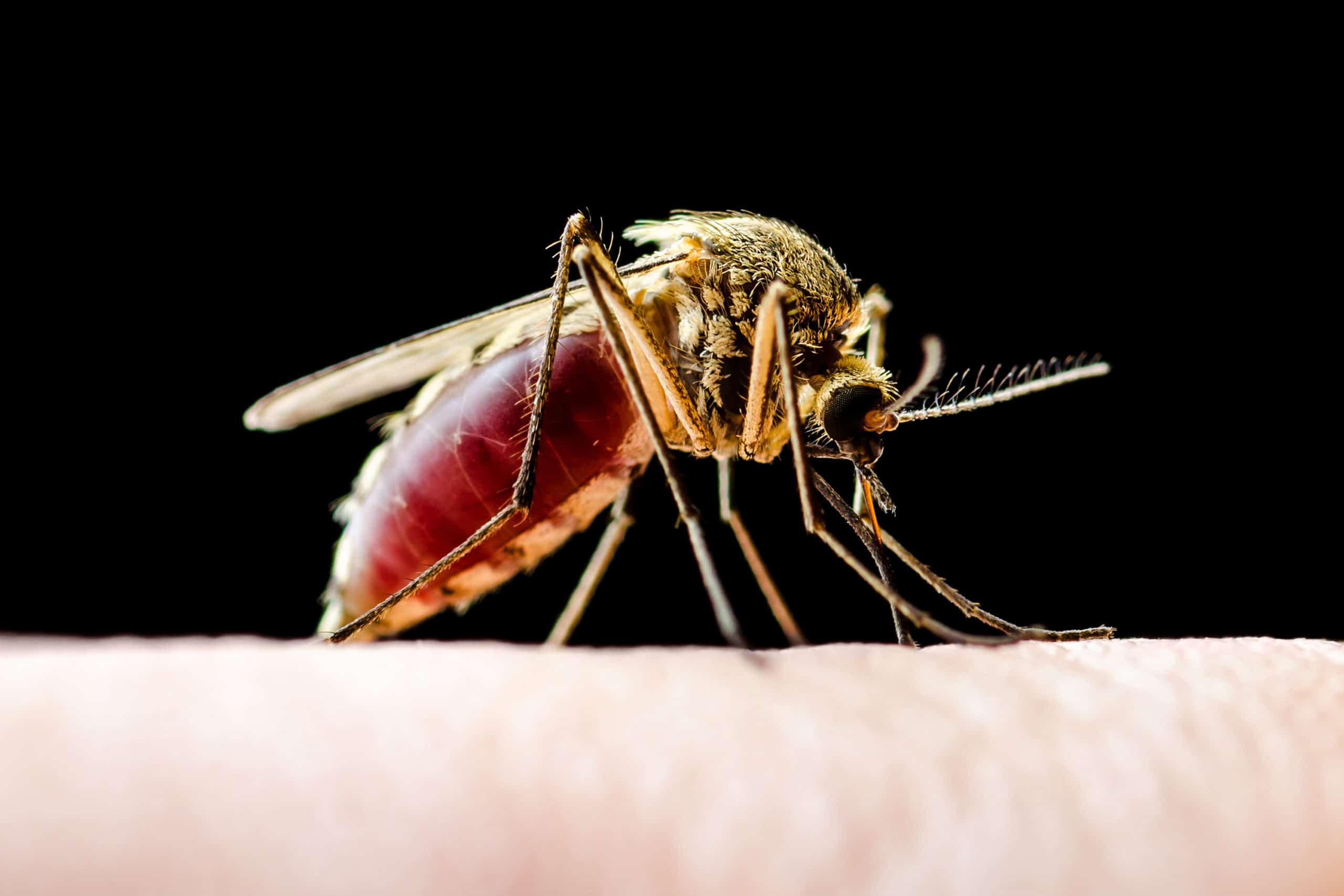The Heart of the Problem
The Heart of the Problem
Mosquitos and Malaria
Malaria is arguably the most infamous mosquito-borne disease. The disease is caused by Plasmodium parasites that go through three stages: sporozoite, gametocyte, and merozoite. Infected mosquitos are full of gametocytes that mate in their gut, morphing into their sporozoite form. When a mosquito bites, they inject their saliva into their victim which creates a numbing sensation to mask their presence and provides anticoagulant enzymes so that the blood they’re sucking doesn’t clot. Along with the enzymes, an infected mosquito’s saliva contains the sporozoites which migrate into the person’s liver after they’re bitten. Once in the liver, the merozoites (the “daughter parasite”) are released, resulting in the individual contracting malaria. Eventually, the merozoites mature into adult gametocytes that can then be transferred into any other mosquitos that bite the new host, completing the cycle of transmission. According to the World Health Organization (WHO), each year, there are approximately 228.5 million cases of malaria worldwide and an average of 410,000 deaths reported from the disease. Including other mosquito-borne diseases, this death toll jumps to several million deaths worldwide each year due to mosquitos.

Mosquitos Have a Heart?
Being such deadly creatures, it can come as a bit of a shock to discover that these nasty insects actually do have hearts. In 2010, a student from Vanderbilt University by the name of Jonas King was studying the circulatory system of Anopheles mosquitos, who are notorious for spreading malaria, when he managed to capture a stunning fluorescent photograph of a mosquito’s heart. The image, which exhibited the heart’s muscles and cells of DNA, was so remarkable that it even won first place in the Nikon Small World photography competition. Unlike the hearts of mammals, mosquito’s hearts pump a substance called hemolymph, which is a clear liquid that sometimes travels up towards their heads, and sometimes back towards their rears. The heart takes up roughly two-thirds of the circulatory system of the insect and, thereby, a fair portion of their body overall.

How this Effects Malaria
These studies regarding the circulatory systems of mosquitos actually have a very practical application. A detailed knowledge of how such systems function can actually help in the development of strategies that can ultimately control the transmission of malaria. Currently, researchers in California are utilizing the information we have now to attempt to attack the parasites inside mosquitos, rendering them unable to pass malaria on to humans when they bite us. Most impressively, this modified gene was specifically designed to become genetically significant within the species, meaning it should pass on to future generations with a 99.5% accuracy rate.

Stay Protected!
Until science advances to a point where we can nullify the dangerous diseases passed by these insects, it’s important to stay protected. Be sure to wear bug spray and proper clothing when you are going to be around areas with dense mosquito populations. At home, you can also add a variety of plants to your garden (such as lavender or citronella) that will naturally repel mosquitos. However, the most effective way to protect your home and family from these dangerous pests is by scheduling regular mosquito control treatments. At Pointe, we do a complete treatment of your home, even eliminating mosquito areas of safe harbor around your yard, in order to safeguard your family and home from these pesky vectors of disease.

Citations
Malaria (2019) Harvard Health Publishing. Harvard University. Available at: https://www.health.harvard.edu/a_to_z/malaria-a-to-z (Accessed: July 2020).
Malaria (2020) Centers for Disease Control and Prevention. U.S. Department of Health and Human Services. Available at: https://www.cdc.gov/parasites/malaria/index.html (Accessed: July 2020).
Malaria (2020) World Health Organization. Available at: https://www.who.int/news-room/fact-sheets/detail/malaria (Accessed: July 2020).
Mosquito-Borne Diseases (2016) Centers for Disease Control and Prevention. National Institue for Occupational Saftey and Health. Available at: https://www.cdc.gov/niosh/topics/outdoor/mosquito-borne/default.html (Accessed: April 2020).
Mosquitos (2019) National Geographic. National Geographic Partners. Available at: https://www.nationalgeographic.com/animals/invertebrates/group/mosquitos/ (Accessed: April 2020).
Riley, C. (2016) What If We Killed All the Mosquitos?, YouTube. SciShow. Available at: https://www.yotuube.com/watch?v=e0NT9i4Qnak (Accessed: June 2020).
Zielinski, S. (2010) Inside a Mosquito’s Heart, Smithsonian Magazine. The Smithsonian Institution. Available at: https://www.smithsonianmag.com/science-nature/inside-a-mosquitos-heart-37230148/ (Accessed: April 21, 2021).
Request a Free Quote Today
(We do not share your data with anybody, and only use it for its intended purpose)


